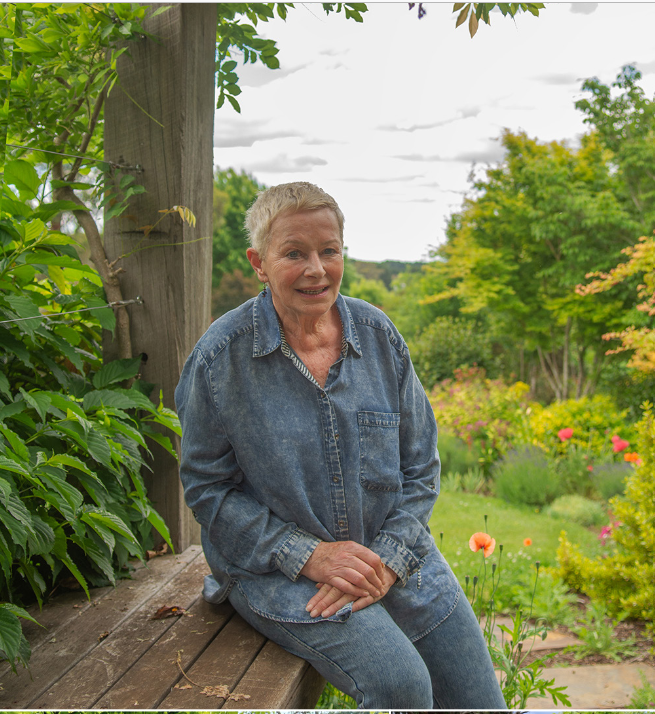June 11th, 2024Glen, about the house…

You have probably taken cuttings or slips and been astonished, if not pleased, when you discover that some of them have “struck”.
Better still, with persistence, care and attention the percentage of ‘takes’ increase and you are starting to feel a bit ‘green thumbish’ and it’s probably time to branch out and have a try with the various other methods of propagation and other less easily handled species.
In 1672 Robert Sharrock (1630–1684), an English churchman and botanist, published his treatise The History of the Propagation and Improvement of Vegetables, which showed the various methods of propagation in vogue at that time.
Interestingly enough many of the improvements are our principal methods of plant propagation. For instance, a branch that was to be taken off to become a cutting can be made a whole new plant by a method known as aerial layering or marcottage.
It’s done by removing a 1cm layer of bark with a razor-sharp knife. This is repeated about 1cm further down on the opposite side of the stem, so that between the two the stem is bare without completely cutting off the sap flow.
After dusting the cuts with a hormone rooting powder an ‘egg’ of a mixture of sphagnum moss and peat moss, barely damp, is broken in half and each half wrapped around the stem to cover the cuts.
Finally, clean polythene is then wrapped around the egg and secured, bottom first with adhesive tape.
The host plant will continue growing as usual meaning the graft is receiving continual nourishment. You will know the graft has taken when the new rootlets start poking their little noses against the window.
Once you feel sufficient root growth has been achieved the stem can be cut just below the egg and planted into a suitably sized pot of similar soil mix. The host plant’s stem can be cleaned up with a sharp blade for it to shoot again.
Inarching
This is a form of grafting which means, unlike cuttings, neither the root stock, nor the scion plant die in the process because it does not remove a portion of the parent plant until it has been established as a separate entity.
A long, thin inward cut is made on a branch which becomes the scion and a matching cut is made on a sturdy seedling planted in a container which is then moved into a position so that the scion and stock can be bound together.
The head of the stock is shortened and the plants left in position until growth recommences on the scion – indicating that it has taken with the stock.
The scion is then immediately severed below the junction with stock and a new plant is formed. Non-hardy rhododendron and camellia species are largely propagated by this means.
There are many other interesting forms of plant propagation with stems, not only hardwood, but also softwood and half-ripened cuttings.
The production of further lilium bulbs by their scales is a form of leaf cuttings for one. If there is a plant that doesn’t produce flowers and thus seeds for the next generation there’s always a botanist on
hand to find the way.
That’s why I’m proud of my botanist grandfather, E.B. Heyne who did much to design and establish Melbourne Botanic Gardens, before moving to Adelaide to establish what is now South Australia’s oldest
continuous and now, recently named, leading nursery.
I’m also proud of the achievements of my only recently late, younger brother Garry and now his son and daughter, whose capable hands will take the sixth generation business to even greater heights.
You can have a look at what they do at www.heyne.com.au
Got a gardening query? Email glenzgarden@gmail.com










